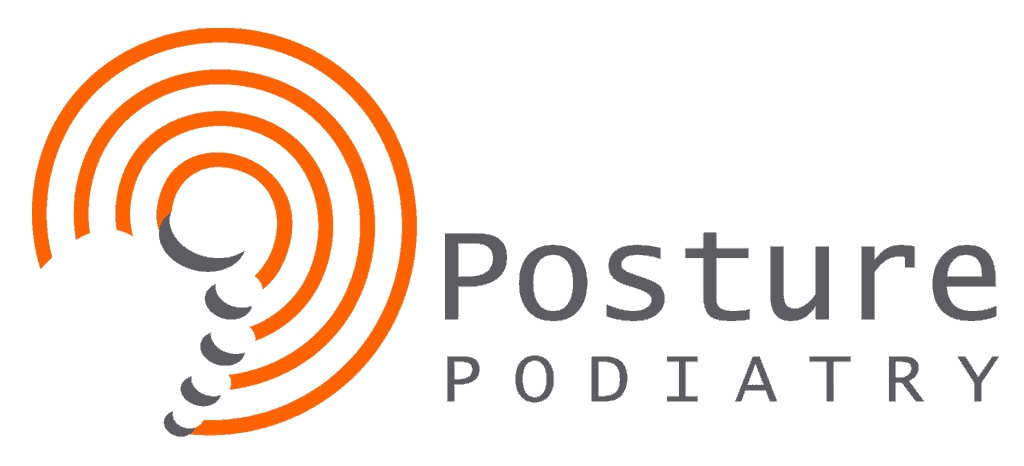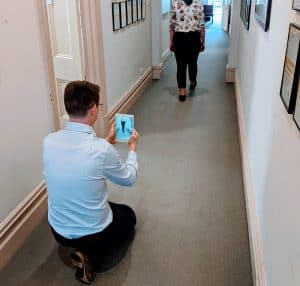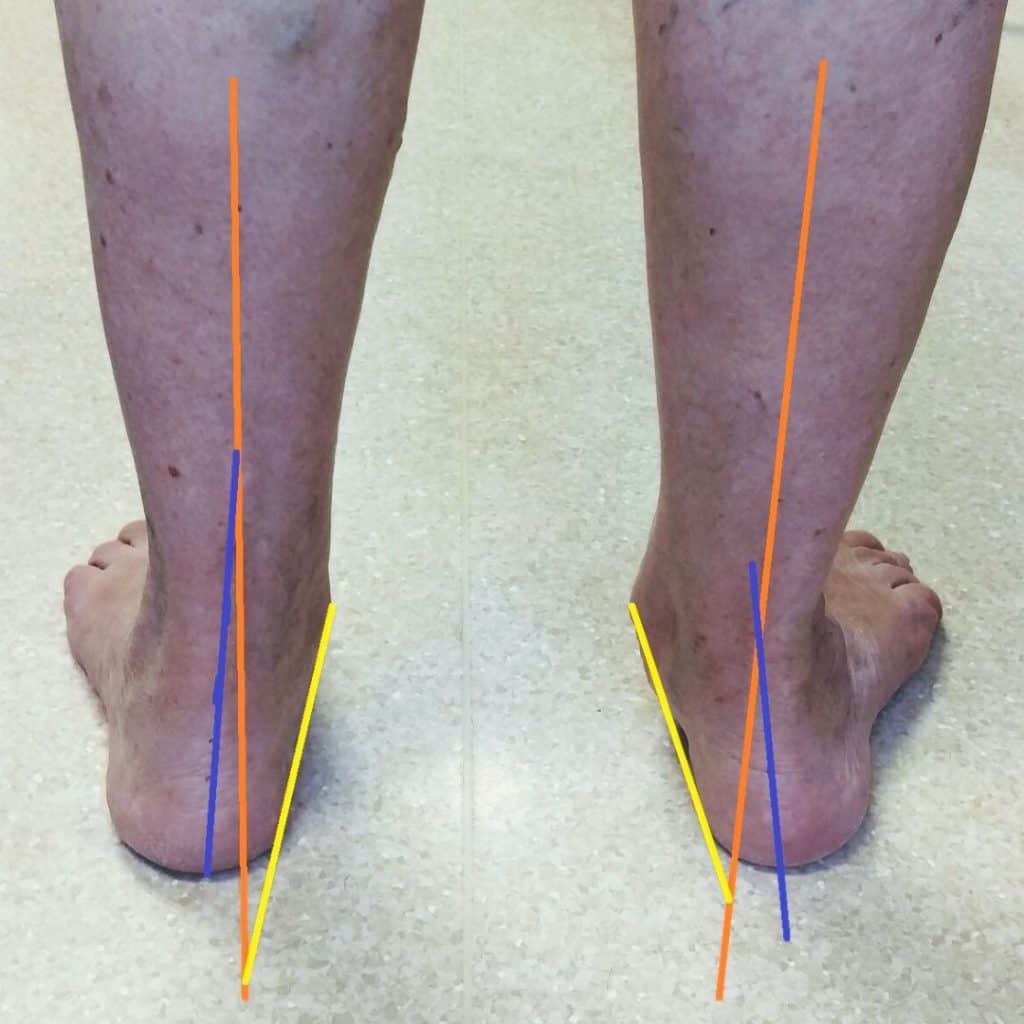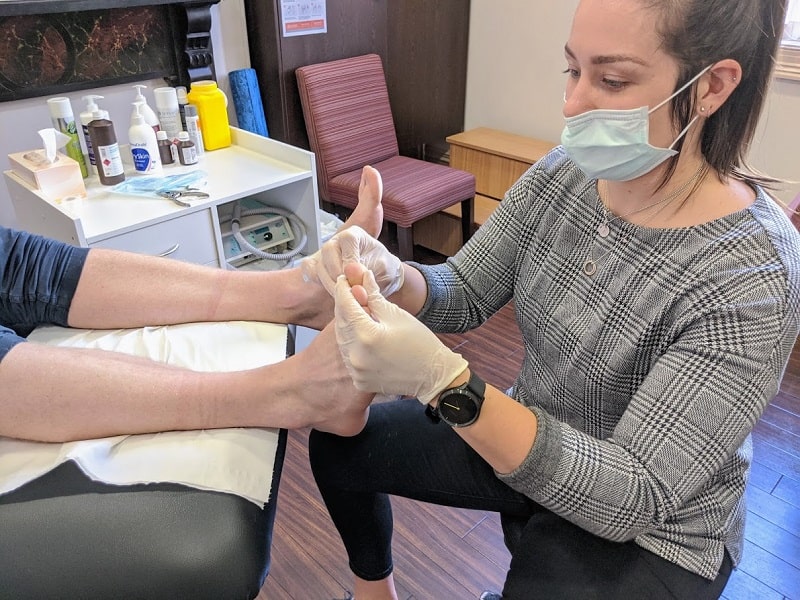Posture Podiatry Shin Splints
Our Adelaide Podiatrists answer common shin splints questions and explain the difference between shin pain and shin splints.
Simple Shin Splints Fact…
Did you know NOT all shin pain is actually “Shin Splints”?
What Are Shin Splints?
The real shin splints cause arises from tiny stress fractures along the shin bone often at the lower inside portion of the shin bone where the stress on the shin bone is at its greatest.
There are, however, other forms of shin pain, each with different causes, and each responding to different shin splints treatments.

A Shin Pain Diagnosis is Important
To address shin pain appropriately, the first thing to do is physically examine and accurately diagnose the shin soreness, and identify the true cause of the shin pain. In diagnosing the condition there could be any of the following to consider:
- A muscle imbalance leading to overuse of the muscle along the shin bone
- Joint instability in the joints above or below the shin bone
- Abnormal pressure in the lower leg (Compartment Syndrome)
- Micro-tears of the muscles in the shin against the shin bone

Common muscular causes of shin pain include posterior tibial tendinopathy, tibialis anterior tendinopathy, anterior compartment syndrome, and overuse injuries. There could be many other reasons why your shins are painful including training errors and footwear features.
The complex nature of shin pain reminds us of the importance of an accurate diagnosis.
To address shin pain appropriately, the first thing to do is physically examine and accurately diagnose the shin soreness, and identify the true cause of the shin pain. Share on XThe experienced shin splints podiatrists at Posture Podiatry are trained to provide that personalised evaluation and service so specific shin pain treatment can be applied accordingly.
Learn more about Posture Podiatry’s Initial Low Gap or GAP FREE* Assessment.
What is the Best Treatment for Shin Splints?
Once the cause of the shin pain has been determined, appropriate treatment can be recommended. Shin pain treatment often involves a combination of treatment modalities applied at just the right time. This may include:
- Specific stretching and strengthening exercises. Many studies have shown calf strength is very important.
- Advice on training errors such as over-striding
- Consideration of training terrain
- Footwear review and shoe recommendations are very important
- Orthotics if foot and leg alignment is contributing to overuse or overload
- Mobilisation and specialist massage techniques if muscles are tight or when motion is restricted.
- Dry needling may be appropriate if muscular trigger points are evident and contributing factors.
- Rest may be indicated if stress fractures are present. During this time swimming, cycling and water running may be suggested to maintain fitness levels.
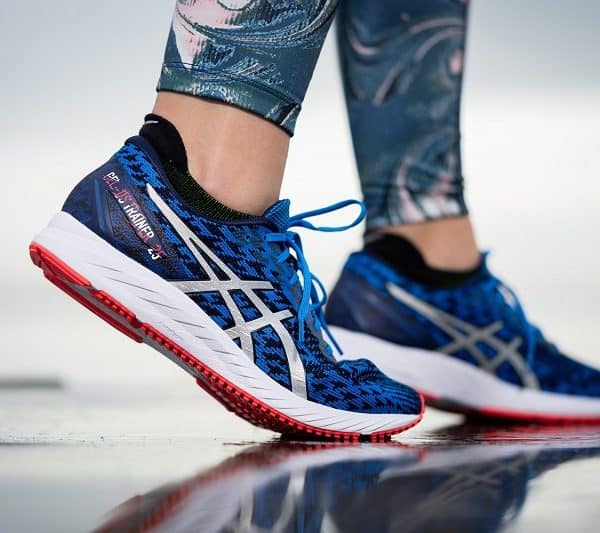
Call us on 8362 5900 if you would like to speak with one of our experienced Adelaide Podiatrists about your shin pain or you can BOOK ONLINE any time to schedule a time that suits you.
Where Can I Get Help for Shin Splints or Shin Pain?
Sometimes people just aren’t sure how we can help. This is why we offer a special low gap initial examination. Further details can be found here: Initial Low Gap or GAP FREE* Assessment.
Our Initial Low Gap or GAP FREE* Assessment involves a comprehensive client history, foot assessment, leg assessment, gait analysis, likely diagnosis and advice on potential pain solutions and a personalised treatment plan. Further explanation of any treatment or management can be discussed with our experienced Adelaide Podiatrists.
Need an Adelaide Podiatrist for Shin Splints or Shin Pain?
BOOK ONLINE or simply Call 8362 5900 and ask for our special Low or No Gap* Assessment.
What to expect in your consult?
On arrival, you’ll be greeted with a smile and invited to enjoy a complimentary foot massage and/or tea/coffee. (Say yes when offered… we love spoiling our clients!)
You’ll meet your podiatrist, who will listen to your history, work with you to perform a thorough assessment and begin treatment to get to the bottom of your concerns.
Your time is valuable, so you can complete your client forms either in person or online before your appointment to make things run smoothly. If you have any questions at all, please feel free to ask. We’re here to help!
We’ll stay in touch by sending personal emails or SMS (not bulk spam), and also ask for feedback after your appointments so we can continue to improve our service to you.
FAQ’s
- Heel pain, Heel Spurs and Plantar Fasciitis
- Aching Feet, Arch Pain and Severs Disease
- Neuromas and nerve entrapment conditions
- Shin Splints and Shin Pain
- Removal of Corns and Calluses
- Ingrown Toenail removal
- Gait and posture problems
- Foot Pain and Flat Feet
- Child and Adolescent injuries
- Overuse injuries
- Ankle Sprains
- Skin and Nail care (Yes, we can cut your toenails for you!)
We do our best work finding the true cause of your foot pain, and treating problems that have been around for a while.
No, you do not need a referral to see a Podiatrist. You can call and book in right away!
The only time you need a referral is when you’re claiming through DVA, Medicare or if you have a worker’s compensation claim.
Our podiatrists are popular, however in most cases we can help you see a podiatrist today. You can check availability by selecting a service below, and if nothing suits give us a call and we’ll make something work.
We allocate 45 minutes for all initial podiatry appointments to allow us the time to adequately assess, diagnose, develop a management plan and treat your condition or injury. Once we get to know each other, the subsequent appointments are generally 30 minutes in duration.
Yes, podiatrists can refer you for X-Rays, Ultrasounds, and MRI imaging, (and we also know who the good radiologists are, so you won’t miss a thing!)
Yes, we provide on the spot claims with your health fund with our Hicaps machine, or directly to your phone with Hicaps Go at the time of your appointment.
Yes, we accept Department of Veterans Affairs (DVA) gold card holders, and WorkCover clients. Just bring details from your GP about your claim.
Yes, we accept American Express cards.
No, however we are registered with Medicare who will contribute $53.80 towards your appointment fee if you have a GP referral under the Enhanced Primary Care (EPC) plan. You just pay the difference, that’s all. Your doctor (GP) can refer you for up to 5 sessions in a year for chronic conditions such as Diabetes.
What can we help you with? Give us a call or chat with us here online and we’ll be happy to talk about the fees with you. Fees will vary depending on the complexity and nature of your complaint. You may want to consider our Initial Gap Free* Assessment if you have private health insurance,
